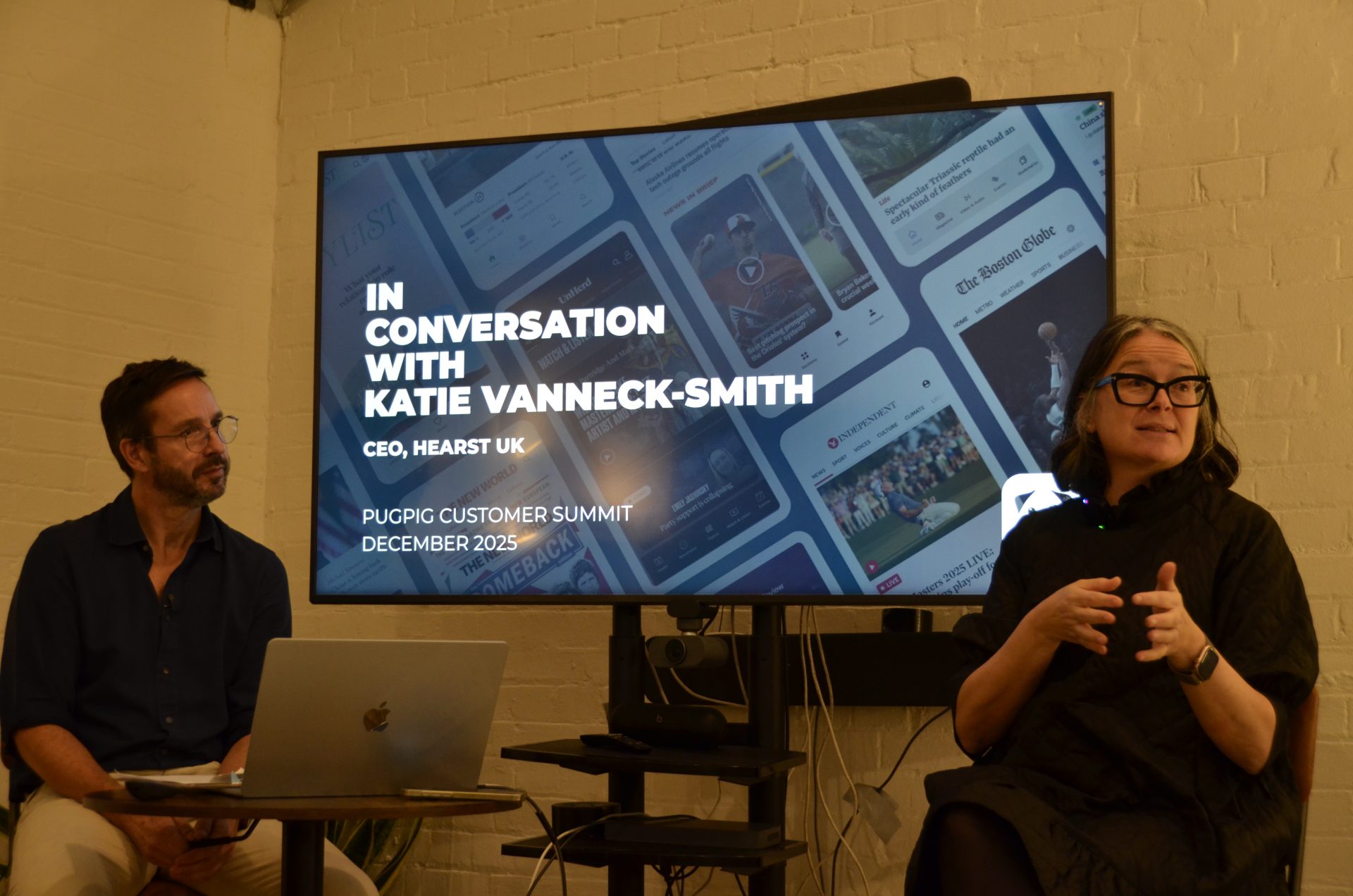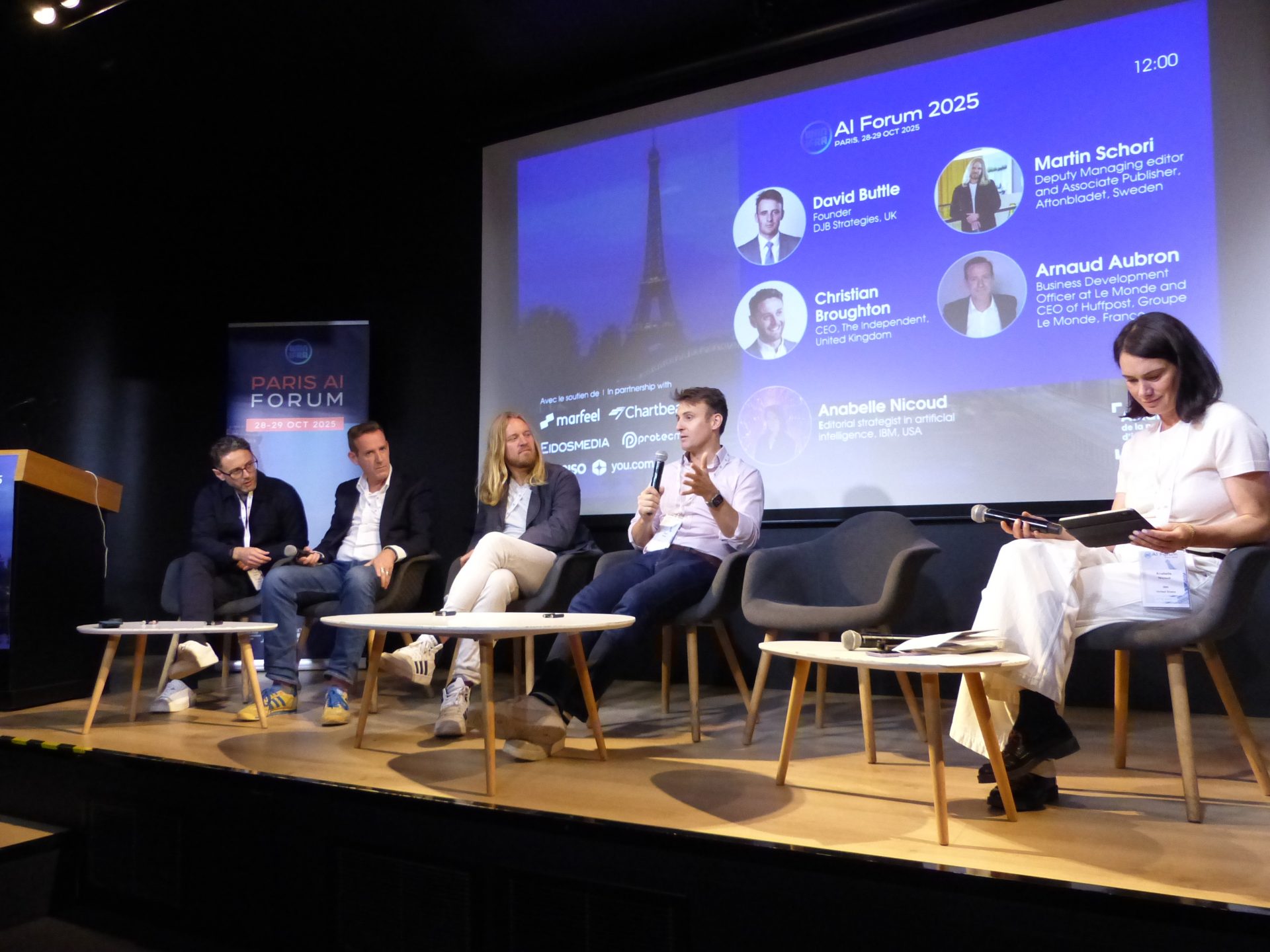
Newsletter
Newsletter
Despite increased competition, publishers can continue to grow reader revenue if they offer subscribers flexibility.
12th July 2024

Publishers are redoubling their efforts to grow reader revenue as pressure builds on advertising revenue, our recently published State of Mobile Publishing Report found.
At the same time, publishers told us that subscribers were facing “increasing price sensitivity among subscribers” and challenges around “retention in the face of subscription fatigue”.
With reader revenue playing a critical role for publishers, analysts are trying to determine how much more room for growth remains. Recent data from the Reuters Institute Digital News Report found a majority of people in a survey of 20 countries were unwilling to pay anything for news. But more than a third were willing to pay something, although less than the full subscription prices.
Data from the US shows that competition remains fierce for subscribers, according to a new report from Minna Technologies and FT Strategies. It covers a range of subscription businesses in addition to publishing and covers magazines so adds important detail to journalism-focused research.
Publishers have the opportunity to continue to grow their subscriber base, especially amongst young audiences, but those younger subscribers also tend to be “serial churners”. Publishers will need to remain nimble as they balance acquisition with retention. To support their retention efforts, the report provides insights into why US consumers have cancelled their subscriptions.
Before diving into the report, it’s important to note it is based on a survey of US subscription business decision-makers across a range of industries and more than 2,000 US consumers. For context about the subscription economy globally, the recent Reuters Institute Digital News Report found the US ranks third (22%) out of 20 countries in terms of people paying for news in the past year. While the US ranks third, it is far behind Norway (40%) and Sweden (31%), but it is far ahead of the UK (8%), which came in dead last.
However, the Minna Technologies and FT Strategies report is valuable because it puts publishing in the context of the wider subscription ecosystem, with publishers competing indirectly with a wide range of media and non-media subscriptions. The subscription model boomed during the pandemic. With subscriptions from bacon to “geek” fan culture merch, you can drain your account monthly on just about anything. The report surveyed 103 “enterprise subscription business decision makers” in sectors including financial services, software, subscription boxes, video streaming, meal kits, pay TV, fashion, fitness, news, magazines, audio/music, dating and pet products.
Despite this competition for subscriptions across a wide range of verticals, the report was generally optimistic with the overriding theme of “evolution, not revolution”. Subscription businesses saw an opportunity to grow subscribers and revenue over the next 12 months, with more than two in three having seen modest growth over the last year.
The modern consumer was increasingly keen to purchase products and services on a subscription basis, the report found. Almost two-thirds of US consumers have a subscription, and the average US consumer has more than eight subscriptions and pays approximately $118 a month.
As with their last report, researchers found consumers have become more aware of their subscription spending due to continuing inflation pressures in the US. The report noted that over half of the people surveyed are tracking their expenses closely, an increase of over nine percentage points from last year’s report.
As in their previous report, they found an increasing number of consumers are looking to consolidate their subscriptions across providers to reduce costs, with 73% interested in a consolidated subscription management solution. (Minna Technologies provides subscription management technology for fintech and banks.) Despite consumer interest in such services, adoption is low, with only 2% using a single app to manage all their subscriptions. For publishers, this highlights a potential opportunity to work with aggregators, and some publishers have found success with Apple News. It isn’t a replacement for their own standalone subscriptions, but it could add incremental revenue from audiences they currently don’t reach.
So, what can publishers do to increase subscription revenue? Broadly, the report concluded that businesses should look to Gen-Z and millennials as the primary opportunity for growth. The rationale for this is simple, Gen Z and millennials have significantly more subscriptions than older age groups. However, as we spoke about last year, in many circumstances younger users are less likely to pay for news which means publishers need to find innovative ways to engage these users.
Adding extra complexity, the report from Minna indicated that younger subscribers are more likely to churn than older audiences, part of a trend the report called “serial churners”. Of the businesses surveyed, two-thirds said up to 20% of churners return within 6 months, with Gen-Z and millennials more likely than older age groups to routinely move subscriptions.
For publishers, these serial churners create particularly acute problems. Whereas the top reason for a customer cancelling a video or audio streaming service was to save money, the primary reasons a news subscription was cancelled were either because the subscriber didn’t need it/can do without it (65%) or they could get it for free/can get it from somewhere else (59%). Whereas the solution for a video or audio streaming platform could be to reduce the price, a publisher needs to consider the impact of freely available news elsewhere on their business model. This presents a much trickier puzzle to solve. News publishers in the UK often point to competition from the publicly-funded BBC as a reason for the low propensity to pay amongst audiences.
However, issues around serial churn could be mitigated. Broadly, flexibility was an important component, with almost two out of three of respondents saying they would like to pay monthly, rather than annually. To help manage churn, publishers should note:
However, publishers must avoid an over-reliance on heavy discounts and a retain-at-all-costs mentality, which puts downward pressure on ARPU. As we discussed in The Media Collective’s Retention Economics report last year, not all churn is bad, and as this research shows, churners do return. Sometimes allowing users to end, downgrade, or pause their subscriptions will ultimately drive more business value than providing content at a near-loss. Ultimately, consumers expect flexibility and publishers should factor this into their subscription offerings and operations.
To drive retention and support higher ARPU, our Retention Economics report argues publishers need to shift from churn management to relationship management. For a publisher to achieve the best results, they must resist being reactive and engage users immediately when they start a relationship, whether that is registration, subscription or signing up for a newsletter or a WhatsApp community.
For Minna Technologies and FT Strategies, the value a consumer gets from a subscription can be summarised into five user needs:
For a publisher, several strategies can communicate this value to a subscriber. Onboarding post-subscription or registration communicates the benefits of a subscription at the moment the user is most engaged and likely to explore the offering. Publishers are also using onboarding to help readers connect with the content and subscription features most relevant to them, and successful publishers promote their apps early in onboarding and encourage new subscribers to opt-in to push notifications. Our State of Mobile Publishing Report found that publishers who can get push notification open rates above 2% have twice the engagement of publishers who don’t have successful push strategies. User experience is also critical to maintaining a healthy relationship with your subscribers, and customers now expect a personalised experience, which requires quality user data.
Lastly, the report pointed out that many businesses have a large number of inactive subscribers – zombies, as we called them in our Retention Economics report. Half of subscription businesses count 10% of their subscriber base as inactive. For almost a quarter of these businesses, up to 20% of subs are inactive, and almost one in ten of these businesses see more than 20% of subs as inactive. This presents a “significant churn risk”. Minna Technologies concluded that the best approach to avoid these users churning was to re-engage them. The best tactic is to monitor those at-risk audiences and attempt to re-engage them when systems identify that they have a propensity to churn. It’s a delicate process because most publishers tell us they are wary of alerting subscribers that they are paying for something they aren’t using. The report recommended leveraging “global events and sports tournaments” and diversified product offerings to drive users to re-engage.
Overall, we found the report’s optimism about the growth opportunities for subscription revenue encouraging. However, it also highlighted the risks for publishers. Most of the future growth is built on the belief that Gen-Z and millennials will continue to increase spending on subscriptions. Whilst that is true, they are also increasingly aware of their spending and looking to consolidate or cut back on subscriptions. However, publishers can take solace that a younger subscriber might leave and come back given the right proposition or price. For publishers to thrive, they need to engage users immediately at the beginning of a relationship with them, regardless of whether that relationship results in a subscription or not. To maximise the value they capture from every user, they need to communicate the value of their offering clearly and frequently and make their subscriptions a more vital component of subscribers’ everyday lives.
Here are some of the most important headlines about the business of news and publishing as well as strategies and tactics in product management, analytics and audience engagement.

Newsletter

Newsletter

Newsletter

Newsletter

Newsletter